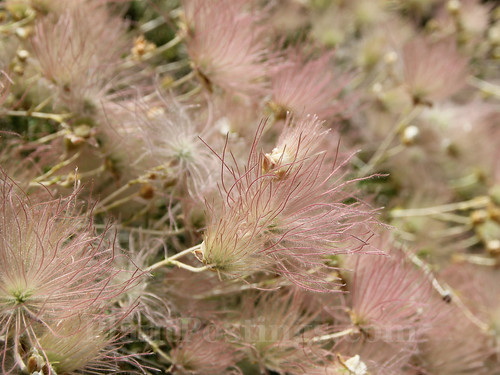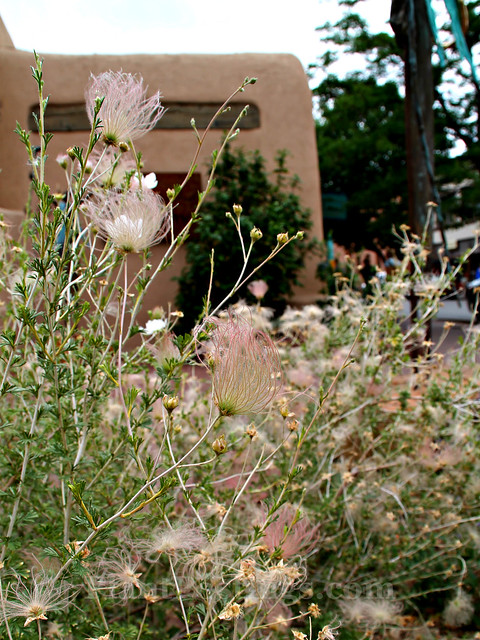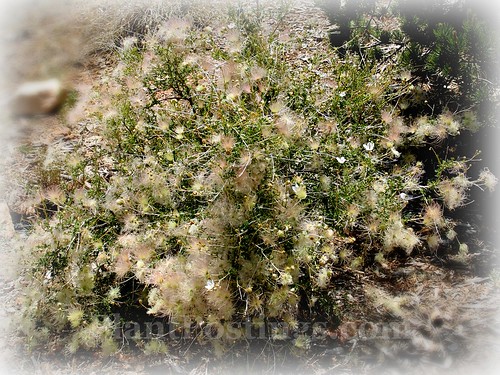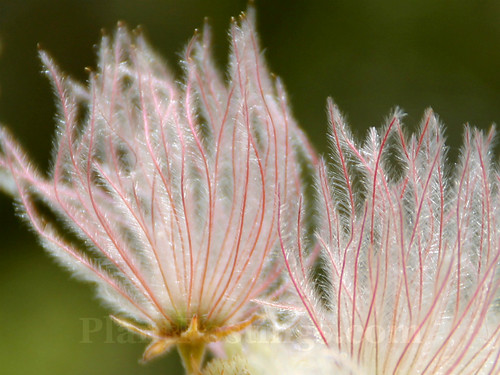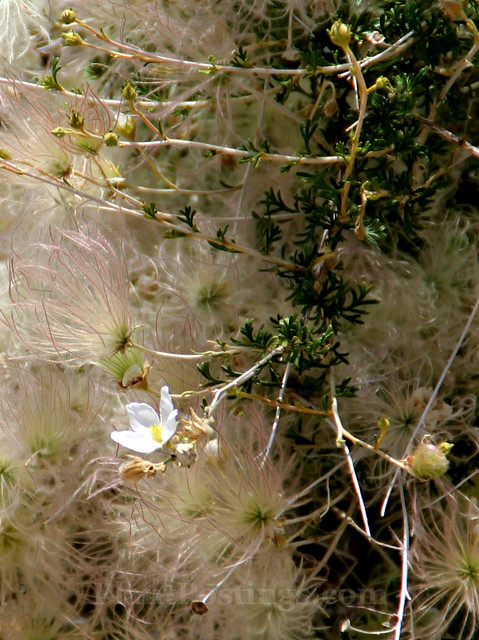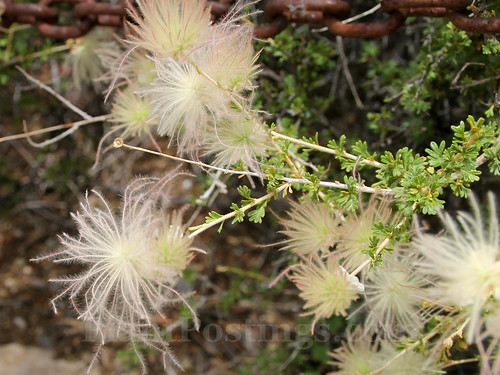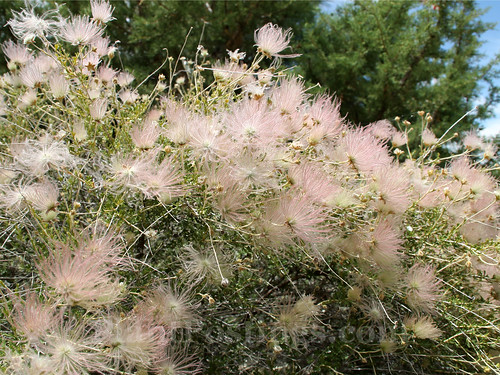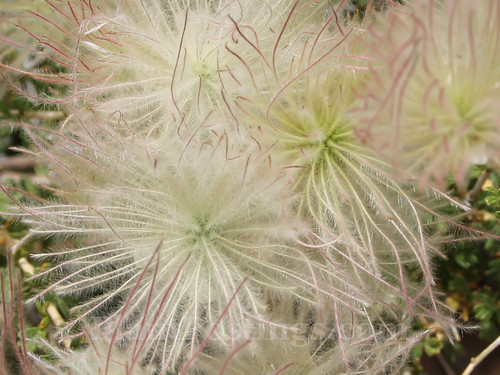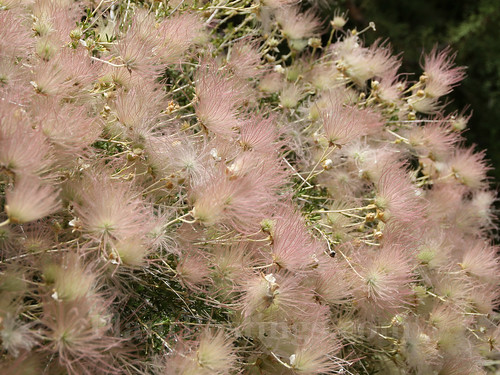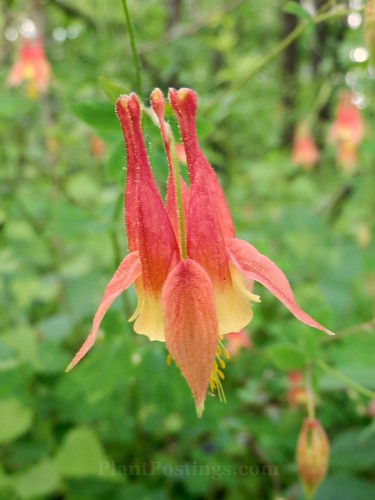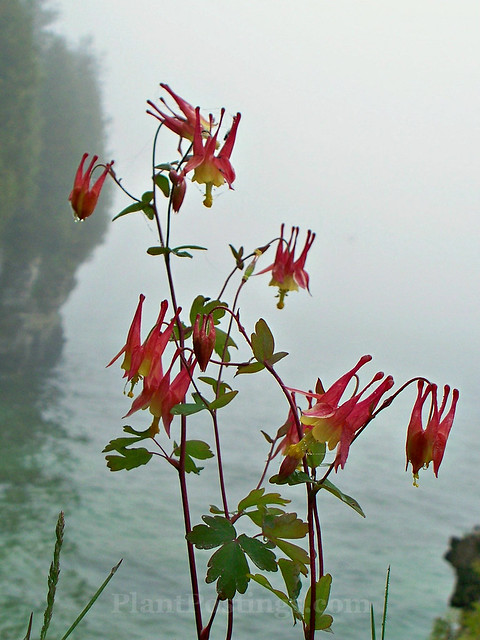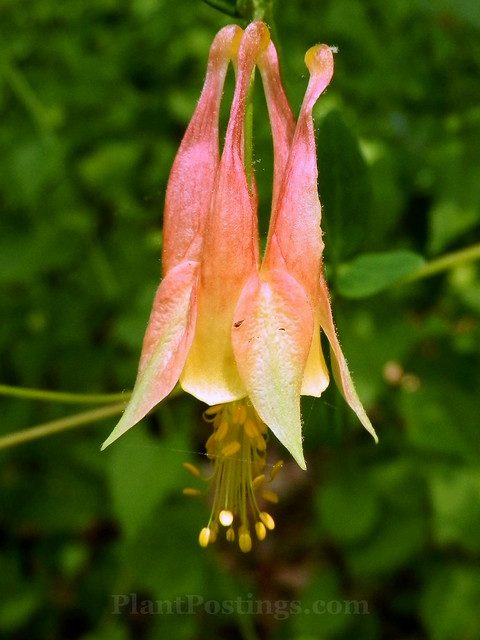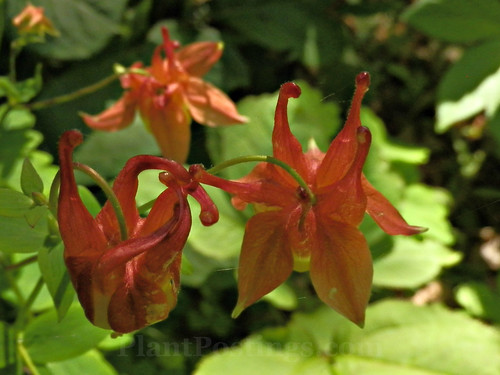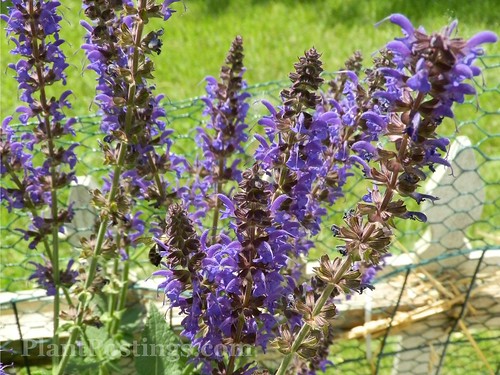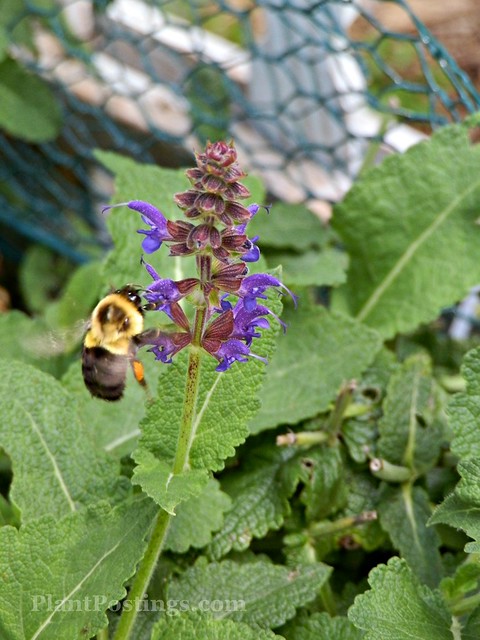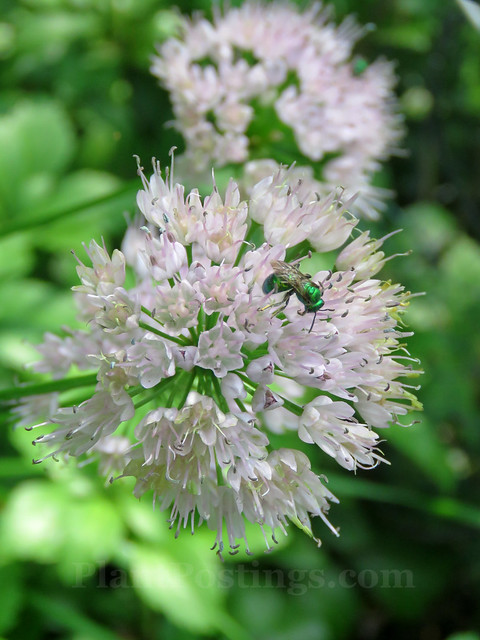 |
| 'Summer Beauty' Alliums (A. lusitanicum) bring magic and pollinators to the garden. |
In just about every other area, including the garden, the combination of drought and heat is challenging. I've been thinking lately about the things I "like" and "dislike" about the garden this summer, and many of the dislikes are related to the early onset of high heat in June and being about 10 inches behind average in rainfall for the year. The combination has been rough on the garden in some areas.
As I post this, potential rain is in the forecast for the next few days, which is great, although it's too late for some plants that have gone dormant or underperformed. But there are so many other plants (some in watered areas; others drought-tolerant) and other garden aspects that are performing well and bringing happiness.

Northern Sea Oats (Chasmanthium latifolium) is really filling in its spot this year.

As always, the 'State Fair Mix' Zinnias (Z. elegans) are attracting butterflies and other pollinators.

Monarch butterflies are plentiful lately, and it's magical to see them mating among the foliage pockets of the Dwarf Korean Lilac.

I took a chance in partial shade with this patch of Hubricht's Amsonia (A. hubrichtii) several years ago. Every year it seems a little happier in its home. As you can see, it's surrounded by Hostas and caged to prevent rabbit damage.

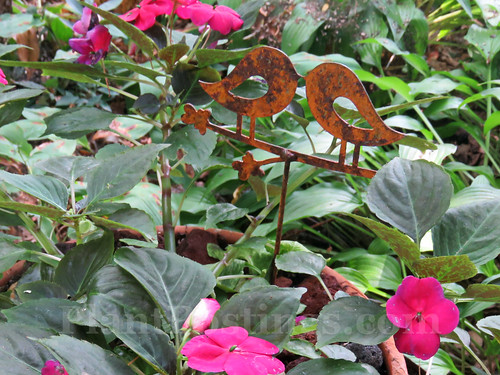
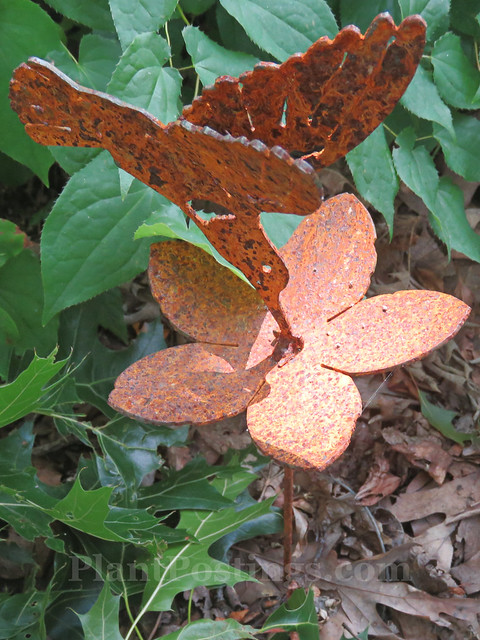
I ordered several garden ornaments from Etsy, and they're adding little touches of whimsy around the garden.
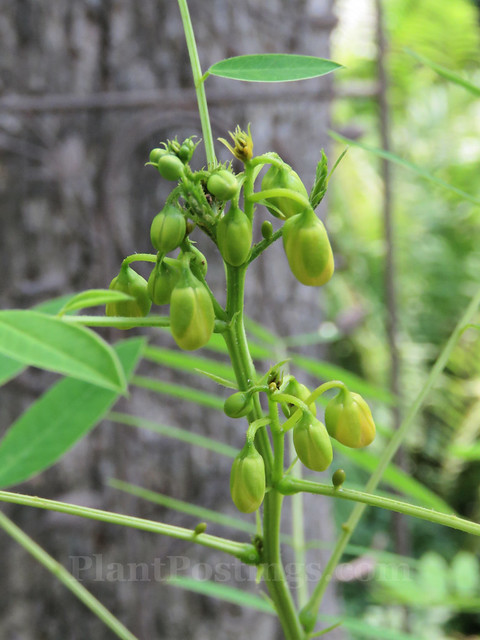
The Wild Senna (S. hebecarpa) is budding and beginning to bloom as I write this. It's one of only a few plantings in the middle garden bed that has survived rabbit damage and thrived for several years now.

The small sunny garden almost always performs well, with sun and supports and fencing from rabbits.
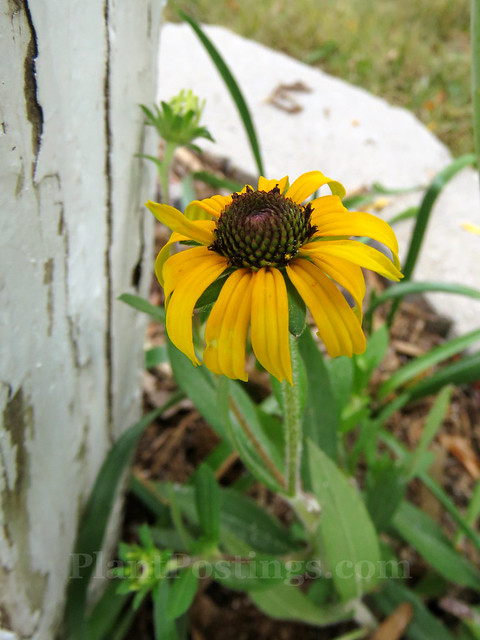
I added a few plants around the mailbox last year, and they're starting to show their personalities. This sweet little plant, Rudbeckia 'American Gold Rush,' was chewed in half by the rabbits but has recovered. I've repeatedly sprinkled rabbit repellent dust around it, and the lack of rain has kept the repellent in place. I've also since planted Daffodils and Alliums around it, which should help repel the rabbits in spring and summer. Fingers crossed.
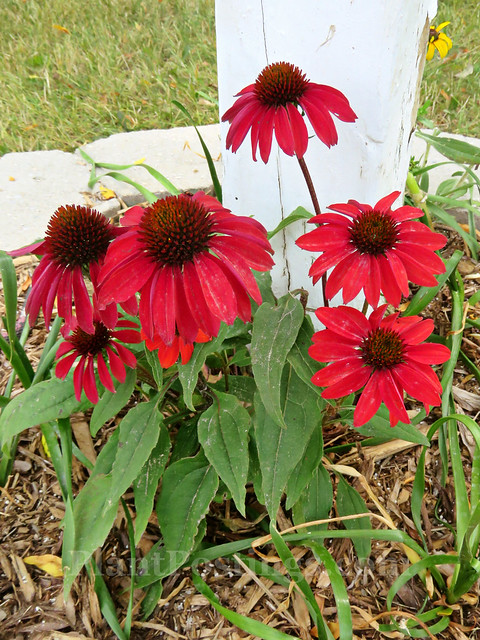
Fortunately, the rabbits didn't get to the adjacent Echinacea 'Sombrero Baja Burgundy' plant. The color of this one is bright and varies with the angle of the sun. This morning, just before posting this, I noticed several bumblebees enjoying its nectar and pollen.
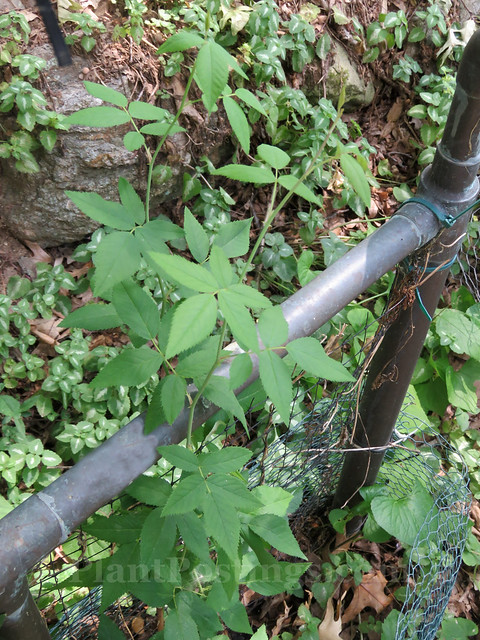
I'm very excited about this new native Climbing Rose (Rosa setigera), also protected from rabbits with caging. I've had many plants in this spot over the years, usually annuals, so hopefully this beauty will take up residence, thrive, and bloom for years to come.
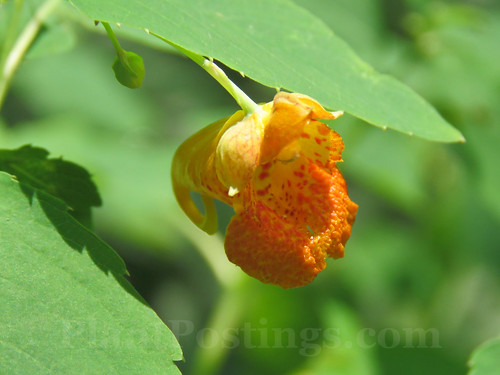
I've read that blooming Jewelweed (Impatiens capensis) is a cue to hummingbird males to begin migrating. It seems early this year, and our little resident male hummingbird is still very active and keeping us entertained, along with some females (and presumably we'll see some juveniles after they fledge).
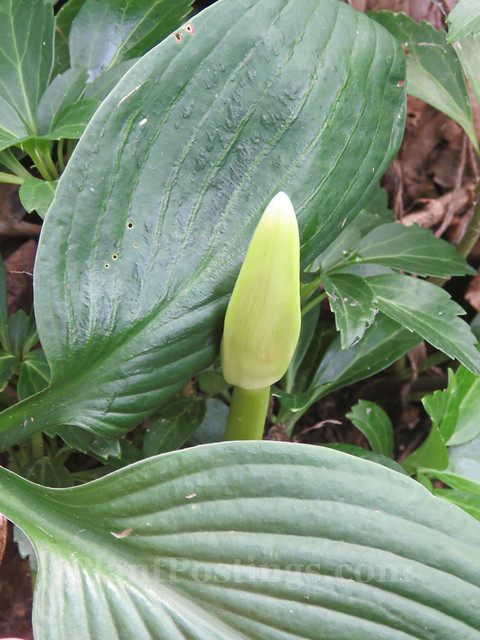
The Surprise Lilies (Lycoris squamigera) are emerging, and likely will be blooming in a few days...believe it or not, they grow inches every day, to a height of 12-24 inches total, and bloom just days after they emerge!
I've planted various milkweeds around the garden for many years, and I'm happy to see several new Butterflyweeds (Asclepias tuberosa) are thriving, blooming, and attracting pollinators. I haven't found monarch eggs on these particular plants, but there are plenty in other parts of the garden.
The garden conditions and results are mixed this year. Since more rain is on the way, I look forward to many more weeks of "likes" and garden smiles in the weeks to come.


